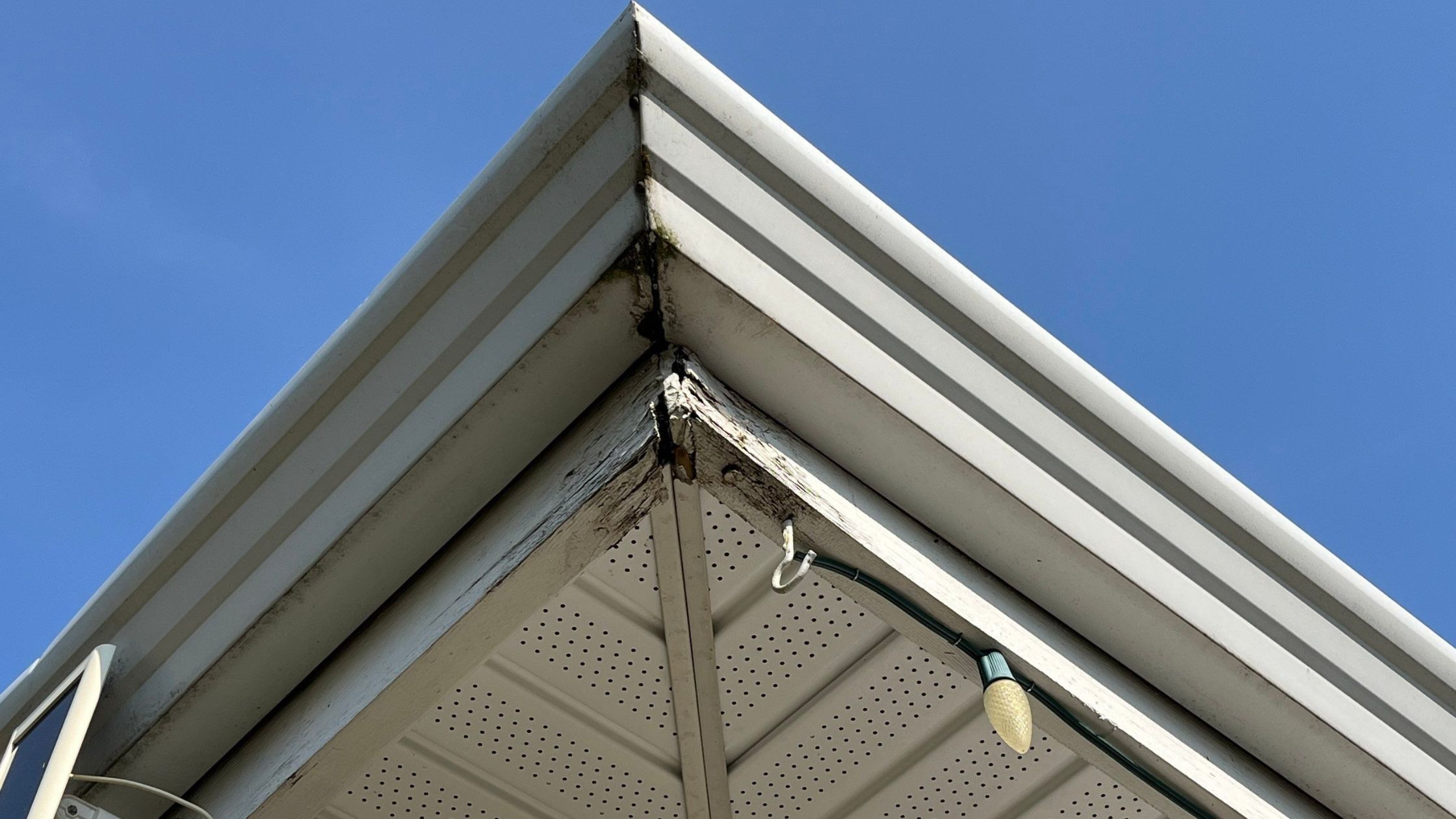Fascia Repair vs. Replacement: What’s Best For Your Home

The fascia of your home is a crucial yet often overlooked component of its exterior. Situated just beneath the edge of the roof, the fascia plays a vital role in protecting your home from weather elements, supporting the gutter system, and providing an aesthetic finish. Over time, however, the fascia can undergo wear and tear, leaving homeowners with the decision of whether to repair or replace it. In this blog post, we will explore the factors to consider when making this decision, helping you choose the right option for your home.
The Role of Fascia in Home Protection
Before diving into the repair-or-replace dilemma, it’s essential to understand the significant role fascia plays in safeguarding your home. The fascia acts as a barrier between the edge of the roof and the elements, preventing water, pests, and debris from infiltrating the interior of your home. Additionally, it provides crucial support to the gutter system, helping to direct rainwater away from the roof and foundation.
Signs of Fascia Damage
The decision to repair or replace your fascia often stems from the extent of the damage it has sustained. Common signs of fascia damage include:
- Rotting Wood: Water damage can lead to the rotting of fascia boards, compromising their structural integrity.
- Peeling Paint: Exterior paint on the fascia may peel or blister, indicating moisture issues and potential wood damage.
- Visible Cracks or Holes: Over time, fascia boards may develop cracks or holes, providing entry points for pests and further water damage.
- Sagging or Warping: Weakened fascia may begin to sag or warp, affecting the overall appearance of your home.
- Mold or Mildew Growth: Excessive moisture can foster the growth of mold and mildew on the fascia, posing health risks and further structural damage.
Repairing Fascia: When and How?
If the damage to your fascia is localized and not extensive, repair might be a viable option. Here are key considerations for fascia repair:
1. Early Intervention:
Promptly addressing minor issues can prevent them from escalating into more significant problems. Regular inspections can help identify and address fascia damage early on.
2. Material Assessment:
The type of material used for your fascia will influence repair options. Common fascia materials include wood, aluminum, and PVC. Wood may require patching or replacement of damaged sections, while aluminum and PVC can often be repaired more easily.
3. Patching and Sealing:
Small cracks or holes in the fascia can be patched and sealed to prevent further damage. However, it’s crucial to address the root cause of the damage, such as fixing leaks or improving ventilation.
4. Painting and Protective Coatings:
After repairs, applying a fresh coat of paint or protective coating can enhance the fascia’s resilience against future damage.
5. Professional Evaluation:
For comprehensive assessments and repairs, it’s advisable to consult with a professional contractor experienced in fascia repair.
Replacement Considerations
In some cases, the extent of fascia damage may warrant a complete replacement. Here are factors to consider when contemplating fascia replacement:
1. Extent of Damage:
If a large portion of the fascia is compromised or if the damage is recurrent, replacement may be more cost-effective and provide a longer-lasting solution.
2. Material Upgrade:
If your current fascia material is prone to damage or requires frequent maintenance, a replacement with a more durable material may be a wise investment. Consider materials like composite or metal for increased longevity.
3. Enhanced Aesthetics:
A fascia replacement offers an opportunity to update the look of your home. Choosing a new color or design can enhance curb appeal and contribute to the overall aesthetics.
4. Gutter System Upgrade:
If your gutter system is also showing signs of wear, a fascia replacement provides an ideal time to upgrade to a more efficient and modern gutter system.
5. Professional Installation:
Fascia replacement is a complex task that requires precision and expertise. Hiring a professional ensures the job is done correctly, minimizing the risk of future issues.
Cost Considerations
The decision to repair or replace your fascia is often influenced by budget constraints. While repairs may be more budget-friendly in the short term, repeated repairs can accumulate costs over time. A thorough assessment by a professional contractor can provide a clearer picture of the long-term cost-effectiveness of each option.
Environmental Impact
Consider the environmental impact of your decision. Repairing and preserving existing materials is generally more sustainable than complete replacement, which involves the production and disposal of new materials. If eco-friendliness is a priority, exploring repair options with environmentally friendly materials may be a suitable compromise.
Conclusion
In the end, the choice between fascia repair and replacement depends on various factors, including the extent of damage, budget considerations, and long-term goals. Regular maintenance and early intervention can extend the lifespan of your fascia, reducing the likelihood of extensive damage. Consulting with a professional contractor will help you make an informed decision tailored to the specific needs of your home. Whether you opt for repairs or replacement, investing in the well-being of your fascia is an investment in the overall health and longevity of your home.

In Awe Roofing Limited is an Award-Winning, family owned and operated Vancouver Roofing Contractor with over 17 years of roofing experience. We serve the entire Lower Mainland area, from Whistler to Chilliwack, employing a team of professional staff members. Our team has won numerous awards including Best of Homestars for the last five years, and Three Best Rated six years in a row. Learn more






















